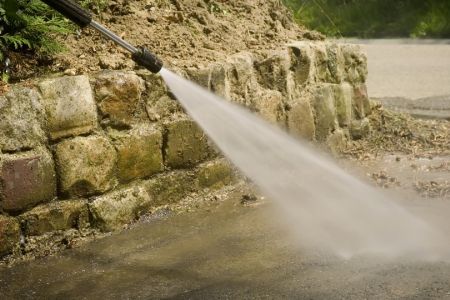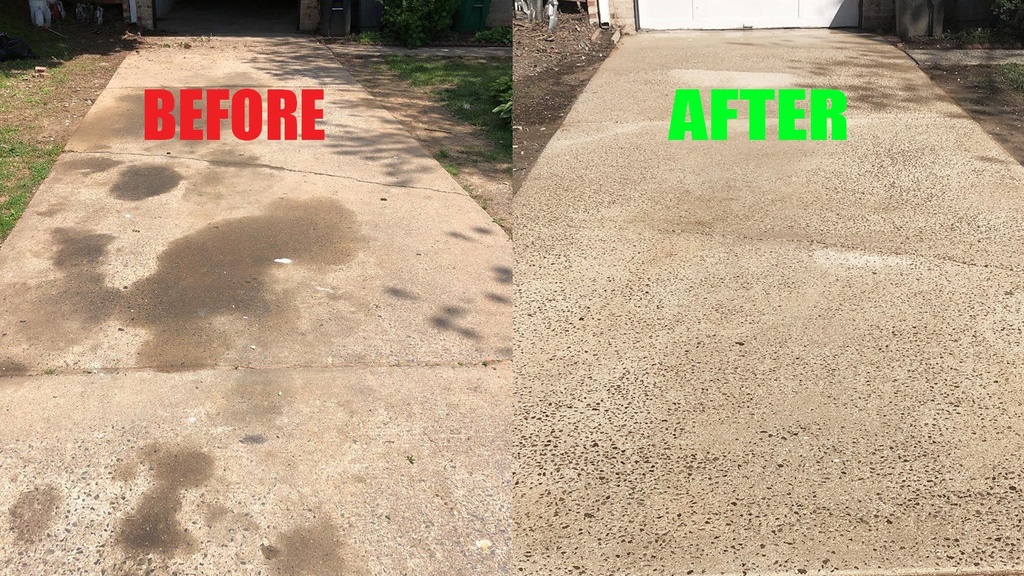Strongsville Fleet Washing: The Best Way to Maintain Your Vehicles’ Shine
Basic Steps for Successful Oil Stain Elimination From Lorry Surfaces
Effective oil stain removal from car surface areas is critical for maintaining both aesthetic appeals and worth. Recognizing the type of stain and the material impacted can substantially affect the cleaning process. By utilizing the right methods and materials, one can attain acceptable results without jeopardizing the honesty of the lorry's finish.
Examining the Spot Type
When dealing with oil stain removal from vehicles, it is vital to very first examine the sort of stain present. Oil discolorations can differ substantially based on their origin, age, and the surface area they have actually permeated. Typical sources of oil stains include engine oil, transmission liquid, and even cooking oil, each possessing distinctive characteristics that affect the removal process.

In addition, think about the location of the tarnish. Strongsville Fleet Washing. Spots near the engine compartment may indicate a leak, while those underneath the lorry could result from spills or drips. By properly determining the tarnish's origin and condition, vehicle owners can pick the most reliable removal strategies, making sure successful outcomes without causing more damages
Gathering Necessary Products
Getting ready for oil discolor elimination involves gathering the needed supplies to make certain a secure and reliable cleaning procedure. The right tools and products can make the distinction between an effective outcome and further damage to your automobile's surface area.
Begin by acquiring absorptive materials such as paper towels or cloths, which will assist in blotting up excess oil. A container for blending cleaning remedies is additionally vital. For the cleaning up agents, think about a degreaser particularly developed for automobile surfaces. Recipe soap thinned down in cozy water can serve as a gentle option for lighter discolorations.
A soft-bristle brush or sponge will certainly be required for applying the cleansing remedy without scratching the surface. Additionally, rubber gloves need to be worn to protect your hands from severe chemicals, while safety and security goggles can safeguard your eyes from dashes.
Finally, a hose pipe or pressure washing machine is recommended for washing the location completely after therapy. By setting up these materials before beginning the cleaning procedure, you set the phase for efficient oil stain elimination, making sure that the car's outside stays unscathed while recovering its appearance.
Pre-Treatment Steps
With the needed materials constructed, the focus changes to the pre-treatment actions that will certainly assist maximize the oil tarnish removal process. It is necessary to identify the type of surface area impacted by the oil stain, as different materials may require tailored methods. Clean the location around the discolor with water and light soap to remove any kind of dust or particles, which can impede the performance of the discolor removal method
Following, assess the oil discolor's age and deepness. Fresh spots typically react far better to treatment than older ones, which may have permeated the surface area much more deeply. For older discolorations, take into consideration soaking the location lightly with an appropriate solvent, ensuring that it does not damage the underlying material.
Once the surface is prepared, blot the discolor gently with a clean, completely dry towel or paper towel to absorb excess oil. These pre-treatment steps lay the groundwork for effective tarnish removal, establishing the phase for the next stage of the process.
Cleaning Methods to Use
Effective cleansing techniques are important for effectively removing oil spots from cars. Apply the degreaser generously to the tarnished area, guaranteeing it covers the oil area totally.
For harder stains, take into consideration utilizing a mix of baking soda and water to develop a paste. Apply this paste directly onto the tarnish and scrub with the brush, allowing the cooking soft drink to absorb excess oil.
If the discolor lingers, duplicating the procedure may be required. Adhering to these techniques will certainly make certain a more effective oil discolor removal, restoring your lorry's look.
Post-Cleaning Treatment Tips
After successfully removing oil stains from your vehicle, executing proper post-cleaning care is important to maintain its appearance and prevent future discolorations. Beginning by using a top notch wax or sealer to the damaged location. This produces a protective obstacle versus environmental pollutants, including oil. Regular waxing not only boosts the car's luster however likewise makes succeeding cleaning easier.
Next, take into consideration car park your automobile in shaded areas or making use of an automobile cover to minimize direct exposure to sunlight and extreme weather problems. This will aid preserve the honesty of the paint and decrease the chance of future spots embeding in.
Furthermore, maintain a close eye on areas where oil leaks may take place, such as the engine compartment and undercarriage. Normal evaluations can aid you identify prospective leakages before they end up being bothersome.
Conclusion

When dealing with oil discolor elimination from lorries, it is necessary to very first assess the kind of stain present. Usual sources of oil spots consist of engine oil, transmission fluid, and even cooking oil, each possessing unique attributes that influence the elimination procedure.
Fresh oil spots normally appear darker and glossy, while older discolorations may be lighter and much more absorbed into the surface. Clean the location around the tarnish with water and mild soap to remove any kind of dirt or particles, which can hinder the efficiency of the tarnish elimination strategy.
After effectively eliminating oil stains from your vehicle, executing appropriate post-cleaning treatment is vital to preserve its look and prevent future stains.